Creating art can be a transformative experience, but often, inspiration feels elusive. Whether you’re a seasoned artist or just beginning, finding the right spark to ignite your creativity can be both challenging and rewarding. In this article, we’ll explore diverse avenues to reignite your passion for art, from discovering inspiration in the world around you to embracing mistakes as stepping stones for growth. We’ll delve into how to overcome creative blocks, draw motivation from historical movements, and harness the power of surrounding yourself with positive influences. By examining the sources of artistic inspiration and learning how to channel them effectively, this guide will help you unlock your creative potential and produce work that truly reflects your unique vision. Let’s embark on a journey to rediscover the joy and fulfillment of artistic creation.
Key Takeaways
- Harness Nature’s Endless Creativity: Draw inspiration from natural landscapes, textures, and patterns to fuel your artistic creations.
- Expand Your Perspective with Art History: Study iconic works and diverse cultures to broaden your creative horizons.
- Channel Personal Experiences: Use your life’s ups and downs as powerful motivators for meaningful artwork.
- Embrace Cultural Diversity: Travel and immerse yourself in new cultures to unlock fresh perspectives and cross-disciplinary inspirations.
- Collaborate and Grow: Engage with fellow artists for feedback, support, and collaboration opportunities.
- Tap Into Nature’s Beauty: Let natural elements spark your creativity with their unique shapes and patterns.
- Use Life as Inspiration: Transform personal memories and experiences into relatable and meaningful artwork.
- Learn from Diverse Influences: Explore various art styles and mediums to find your unique voice.
- Understand Cultural Context: Delve into historical movements to add depth to your artistic expression.
- Create Imaginary Worlds: Unleash freedom by crafting entirely new scenes that push creative boundaries.
- Adapt and Innovate: Observe and analyze your favorite artists to find elements you can adapt to your style.
- Build on Techniques: Absorb their methods and techniques to create a solid foundation for your art.
- Experiment with Elements: Transform inspired aspects into your unique style while maintaining originality.
- Find Common Themes: Recurring motifs can add fresh dimensions to your work.
- Add Your Unique Touch: Personalize inspiration to reflect your personality and experiences.
- Document Your Evolution: Track your growth and how different influences shape your creativity.
- Seek Constructive Feedback: Share your work to refine and improve based on others’ insights.
- Stay Curious and Explore: Keep discovering new influences to keep your creativity dynamic.
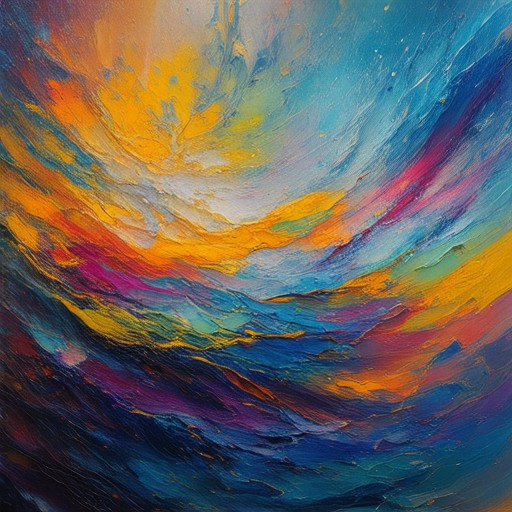
How to Get Inspired to Do Art
Inspiration is the spark that ignites creativity, turning ordinary days into extraordinary artistic expressions. Whether you’re a seasoned artist or just beginning, finding inspiration can sometimes feel elusive. Here are proven strategies to reignite your passion for art and unlock your creative potential:
- Explore the World Around You : Step outside your comfort zone and observe the beauty in everyday moments. Sketching public art, noting color palettes in nature, or simply watching people go about their day can offer fresh perspectives and ideas.
- Visit Museums and Galleries : Immerse yourself in masterpieces at local galleries or famous museums. Art collections often spark curiosity and provide endless sources of inspiration for your own creations.
- Talk to People : Engage with others who share your passion. Conversations with fellow artists or curious visitors can lead to shared insights and new ways to approach your artwork.
- Experiment with New Materials : Don’t fear change! Try unexpected mediums like watercolor pencils, oil pastels, or digital tools. Sometimes, stepping out of your routine can open doors to exciting possibilities.
- Set Personal Challenges : Create a project that pushes your boundaries. Whether it’s a daily drawing challenge or a month-long series, challenges keep creativity fresh and dynamic.
- Join Art Communities : Participate in group exhibitions, workshops, or online forums. Surrounding yourself with like-minded individuals can fuel your motivation and provide constructive feedback.
- Reflect on Your Emotions : Art is a powerful medium for self-expression. Consider how your feelings or experiences translate into colors, shapes, and textures. Journaling or mind mapping can help articulate these ideas visually.
- Capture Moments in Time : Keep a journal or use your phone to document scenes that catch your eye. These snapshots can later become the basis for larger pieces or collages.
- Seek Feedback and Guidance : Share your work with trusted friends, mentors, or online communities. Constructive criticism can highlight strengths and areas for growth, helping you refine your style.
- Research Historical Artists : Studying the works of iconic artists can reignite your creativity. Analyze their techniques, color choices, and subject matter to find unique ways to express your own vision.
Remember, inspiration is a journey, not a destination. By embracing new experiences, challenging yourself, and connecting with your surroundings, you can consistently find fresh sources of creativity. Whether you’re painting, sculpting, or working digitally, the key is to stay curious and keep creating!
For more tips and resources to fuel your artistic journey, explore Artful Journey . Discover tutorials, community forums, and expert insights designed to inspire and support your creative endeavors.
Also, check out recommended art supplies stores like Rachel’s Lips for high-quality materials and tools to bring your visions to life.
Understanding Creative Blocks and Overcoming Lack of Inspiration
Experiencing a lack of inspiration for art is a common challenge faced by many creators. Understanding the root causes and adopting effective strategies can help overcome this obstacle.
Identifying Potential Causes
- Self-Criticism: Being overly critical of your work can hinder creativity. Practice self-compassion and embrace imperfection.
- High Expectations: Setting unrealistic standards may lead to frustration. Break projects into manageable parts and celebrate progress.
- Inconsistent Routine: Establishing a daily practice can build consistency and reduce the fear of starting anew.
- Chaotic Environment: A disorganized workspace can distract and inhibit creativity. Organize your space for better focus.
- Passive Waiting for Inspiration: Inspiration often requires proactive seeking. Explore new materials and techniques to spark curiosity.
- Social Comparison: Comparing yourself to others can diminish self-confidence. Focus on your unique journey and avoid external pressures.
- Emotional Stress: Address mental health through therapy or mindfulness to unlock creative energy.
- Lack of Variety: Exploring diverse art forms can refresh your perspective and reignite passion.
Strategies to Overcome Creative Blocks
- Practice Self-Compassion: Embrace mistakes as part of the creative process.
- Set Realistic Goals: Break projects into smaller, achievable tasks.
- Establish a Daily Routine: Dedicate time to creative activities, even if brief.
- Organize Your Workspace: Create a calm and focused environment.
- Seek New Experiences: Experiment with different techniques and materials.
- Disconnect from Social Media: Limit exposure to comparisons and negativity.
- Focus on Personal Growth: Engage in activities that enhance mental well-being.
- Explore Diverse Art Forms: Try digital art, collage, or other mediums for fresh inspiration.
- Set Personal Challenges: Assign meaningful projects to maintain motivation.
- Experiment Without Fear: Allow yourself to explore without worrying about outcomes.
Conclusion
Overcoming a lack of inspiration involves a combination of self-awareness, strategic planning, and a supportive environment. By understanding the causes and applying tailored strategies, you can create a dynamic artistic practice that thrives on curiosity and resilience.
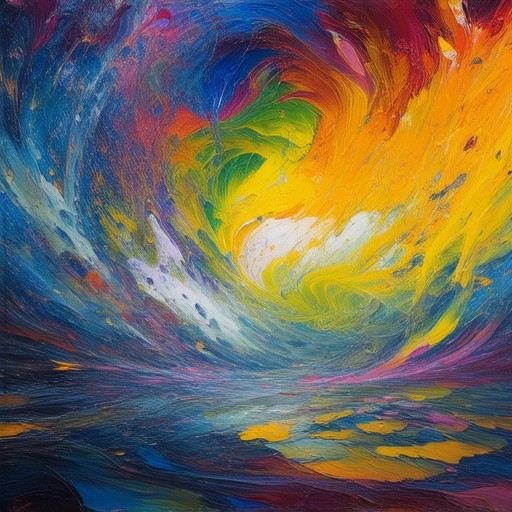
How to Get Motivated to Do Art
To stay inspired and motivated as an artist, it’s essential to develop strategies that work for you. Here are some effective approaches:
- Establish a Routine – Creating a consistent schedule is key. Dedicate a specific time each day to focus on your art, even if it’s just for 30 minutes. This routine helps build the habit of creativity.
- Find Inspiration – Explore various art forms and techniques that spark your interest. Visit museums, watch tutorials, or experiment with different mediums to discover what excites you.
- Set Personal Goals – Define both short-term and long-term objectives. Break down larger projects into manageable steps to avoid feeling overwhelmed.
- Join a Community – Surround yourself with like-minded individuals who share your passion. Attend workshops, join online forums, or participate in local art groups to gain support and inspiration.
- Practice Gratitude – Reflect on what you’re grateful for in your artistic journey. Celebrate small victories and remind yourself why you love creating art.
- Embrace Imperfection – Remember that art is a personal expression. Don’t let fear of imperfection hold you back. Every piece tells a story and contributes to your growth.
By incorporating these strategies into your life, you can find renewed motivation and continue to explore your creative potential. Whether you’re a seasoned artist or just beginning, the journey is about enjoying the process and discovering your unique voice.
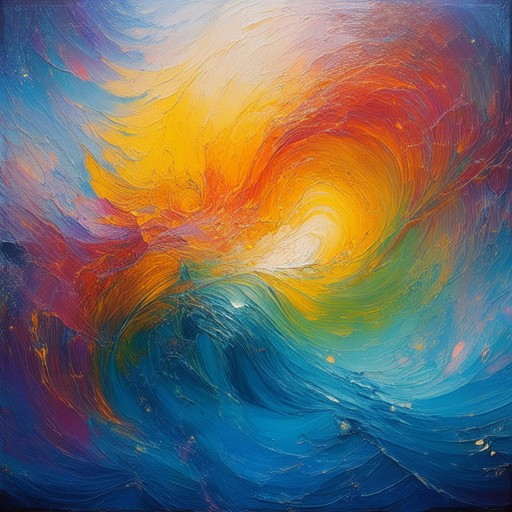
What Are the 5 Main Inspirations for an Artist?
Inspiration is a fundamental driving force for artists, fueling their creativity and guiding their work. Here are five primary sources of inspiration that every artist should consider:
- Nature and the World Around Us
- Exploring natural landscapes, textures, and patterns can provide endless material for artistic creation.
- Observing the changing seasons, animal behavior, and geological formations can spark unique ideas.
- Learn more about how nature inspires art .
- Art History and Cultural Heritage
- Studying iconic works from master artists can reignite your creative spark.
- Exploring different cultures and their artistic traditions can broaden your perspective.
- Discover how art history influences contemporary artists .
- Personal Experiences and Emotions
- Your own life experiences, whether joyful or challenging, can be powerful motivators.
- Journaling or sketching your daily observations can capture raw, unfiltered creativity.
- Find ways to channel personal emotions into art .
- Cultural Immersion and Travel
- Visiting new places and interacting with diverse cultures can open your eyes to fresh perspectives.
- Experiencing different art forms, such as music, theater, and dance, can inspire cross-disciplinary collaboration.
- See how travel broadens artistic inspiration .
- Fellow Artists and Communities
- Engaging with fellow artists can provide feedback, support, and new ideas.
- Attending art exhibitions, workshops, and networking events can spark collaboration opportunities.
- Explore the benefits of artistic communities .
By drawing inspiration from these diverse sources, artists can continually evolve their style, explore new techniques, and create meaningful work that resonates with audiences.
Where Do Artists Get Their Ideas From?
Artists draw inspiration from a variety of sources, each contributing uniquely to their creative process. Here are some common ways artists find inspiration:
- Nature and the World Around Them:** Many artists look to nature for inspiration. The beauty of landscapes, the shapes of plants, and the patterns in animals often spark creativity. Observing everyday objects and finding unique perspectives can lead to fresh ideas.
- Personal Experiences and Memories:** Artists frequently use their own lives as a source of inspiration. Whether it’s a childhood memory, a recent trip, or a personal struggle, these experiences often translate into meaningful and relatable artwork.
- Other Artists and Works of Art:** Inspiration can come from studying famous artworks or discovering lesser-known creators. Exploring different styles and mediums helps artists develop their own unique approach.
- Cultural and Historical Context:** Artists are influenced by the history and culture surrounding their work. Understanding historical movements and the societal norms of their time can provide deeper context and motivation for their pieces.
- Imaginary Worlds and Fantasies:** Sometimes, artists create entirely new worlds or imaginary scenes that exist only in their minds. This freedom allows them to express ideas that might not be possible in reality.
By exploring these avenues, artists can continually fuel their creativity and produce groundbreaking work. Whether they’re inspired by the natural world, their own experiences, or the works of others, the journey of artistic creation is a dynamic and ever-evolving process.
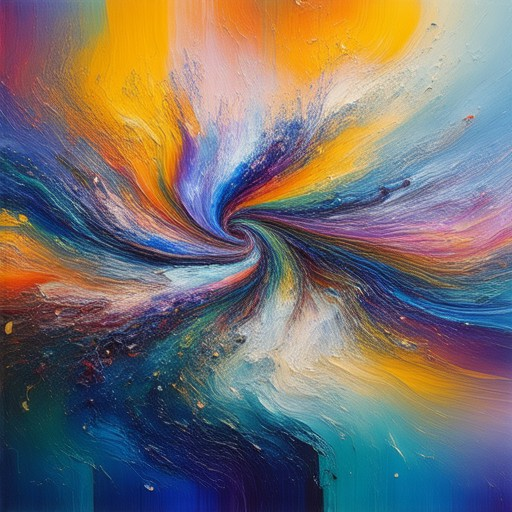
How to Take Inspiration from Your Favorite Artist
To take inspiration from your favorite artist without copying, consider these steps:
- Observe and Analyze Their Work:** Start by closely examining their art. Look for color palettes, compositions, styles, and techniques that resonate with you. Identify specific elements you admire, such as brushwork, subject matter, or themes.
- Absorb Techniques and Styles:** Study their methods. Watch tutorials, read books, or attend workshops to understand how they achieve their effects. This will give you a foundation to build upon rather than copy directly.
- Experiment with Their Elements:** Take inspiration from a single aspect, like a color or a composition technique, and transform it into your own style. Modify it to reflect your unique vision while keeping the essence intact.
- Find Common Themes:** Look for recurring motifs or ideas in their body of work. Incorporate these into your own pieces, giving them a fresh interpretation that aligns with your personal style.
- Personalize Your Interpretation:** Add your own twist by infusing your personality, experiences, or unique perspectives. This ensures your work remains original and distinct from theirs.
- Document Your Journey:** Keep a journal to track your evolution. Note how their influence shapes your creativity and how you gradually develop your own style.
- Seek Feedback:** Share your artwork with peers or join online communities to gain insights into how your work compares to theirs. This can provide valuable perspective and help refine your approach.
- Stay Curious and Explore:** Continue exploring the art world. Attend exhibitions, read diverse artists’ works, and stay open to new influences. This keeps your creativity dynamic and prevents your work from becoming derivative.
By thoughtfully incorporating elements from your favorite artist while adding your unique touch, you can honor their influence while creating authentic, original art.
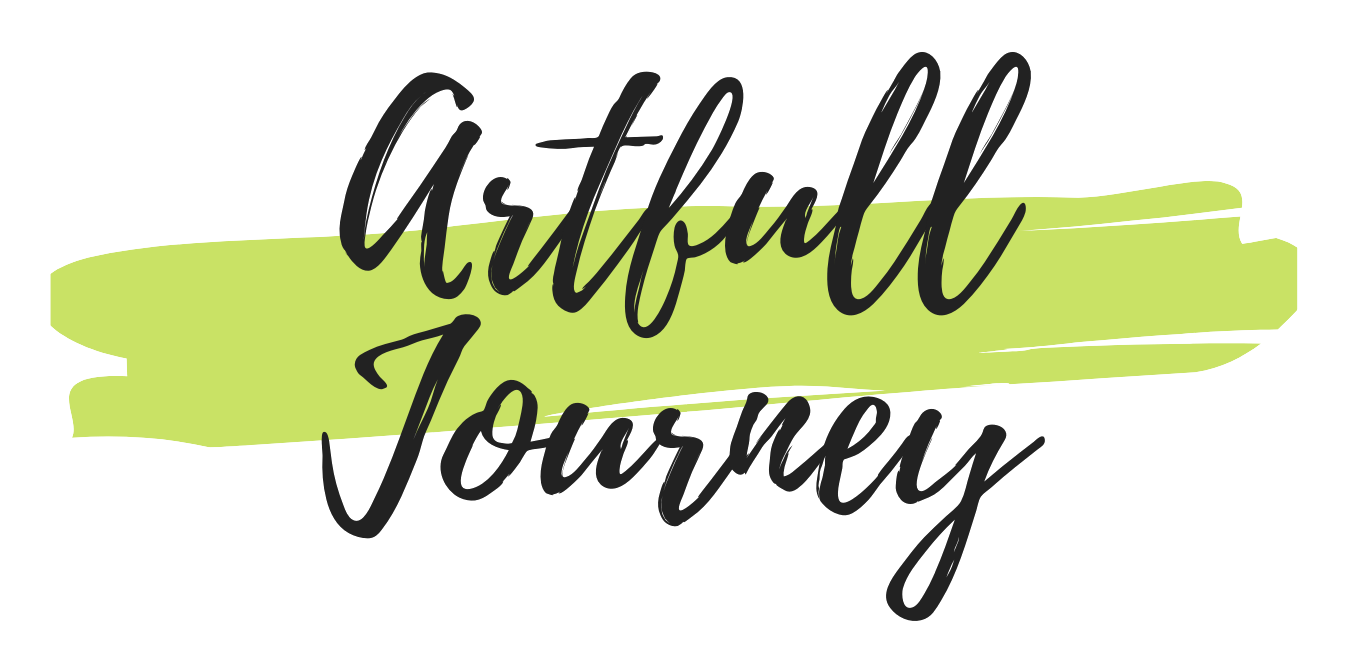



0 Comments